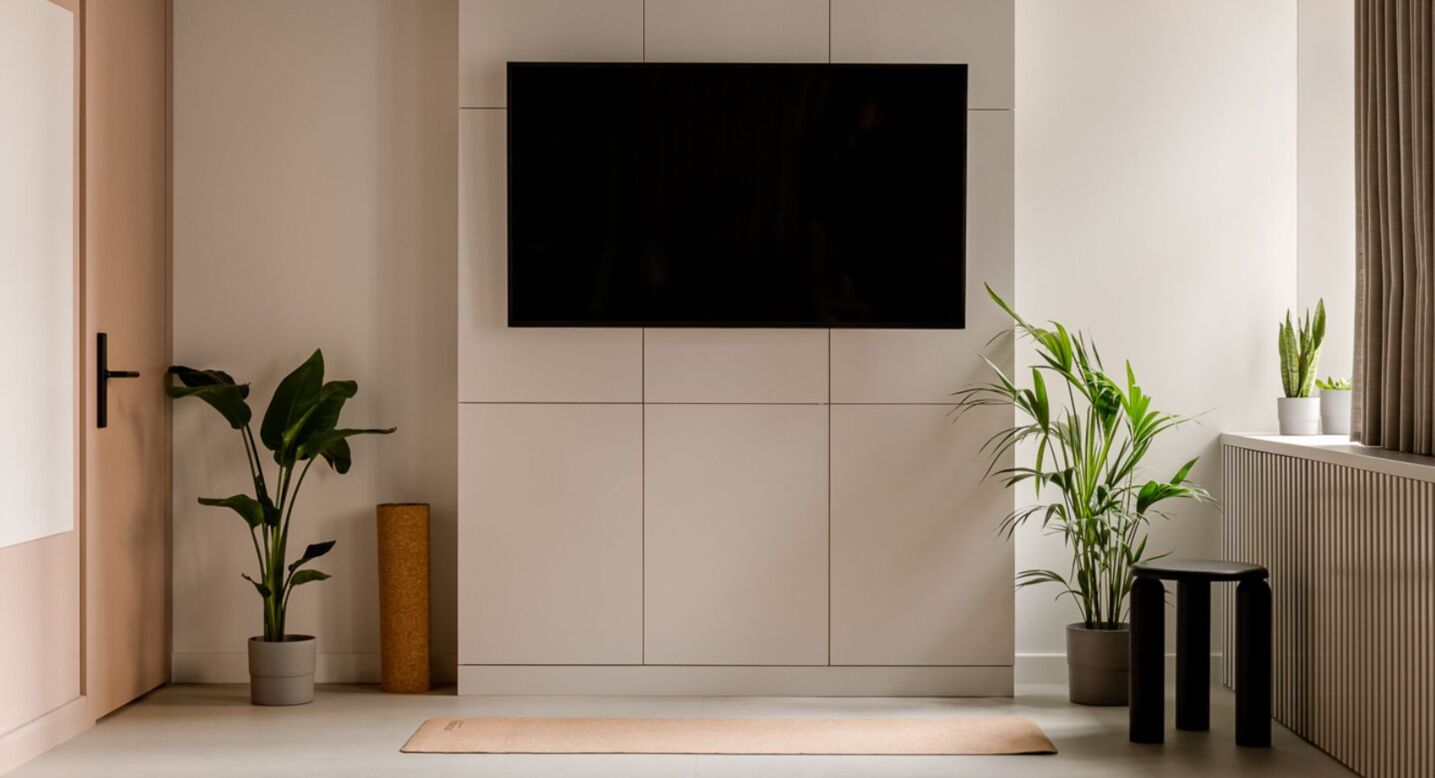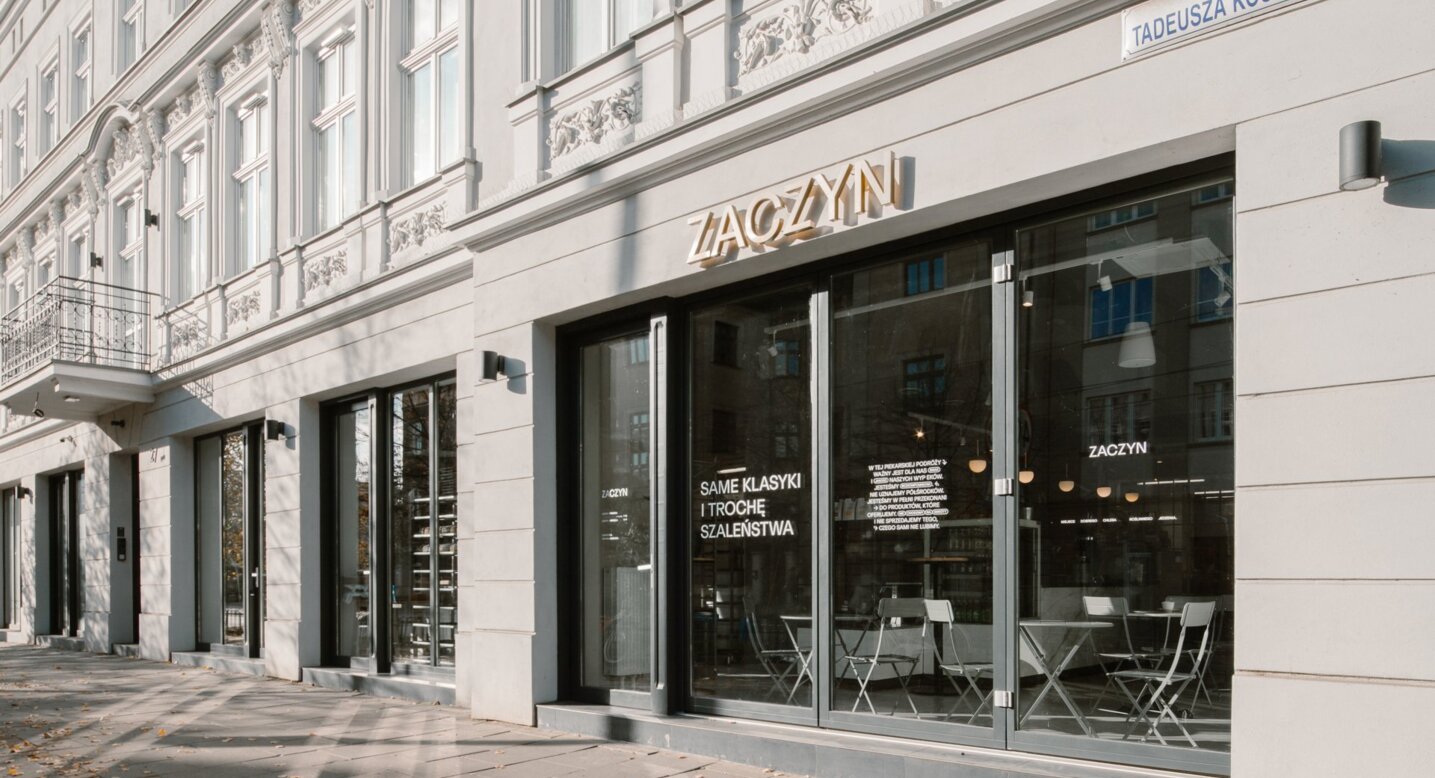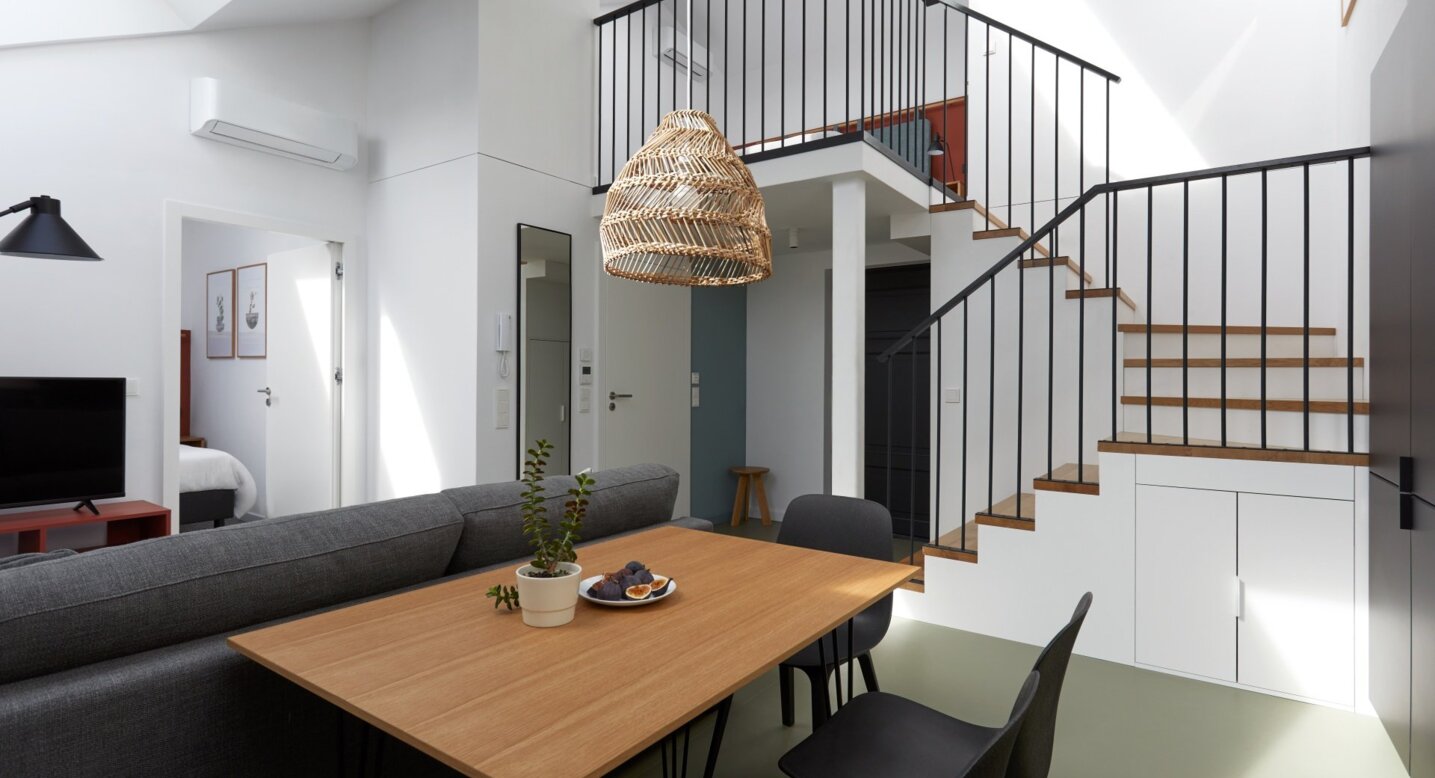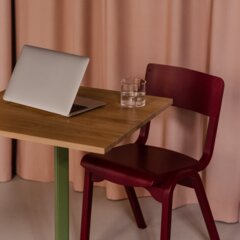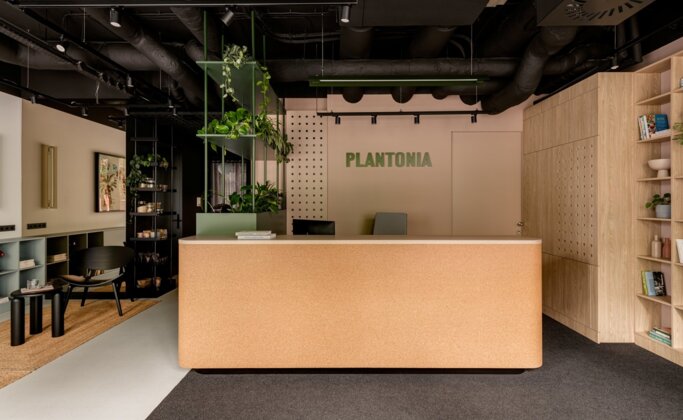Poland's first sustainable and vegan-friendly aparthotel
Sustainability
We have offseted our carbon footprint for 2025!
We will do our utmost to make your stay in Kraków as climate neutral as possible. Plantonia has been founded with a focus on the planet and on sustainable travel. Ours is a place designed down to the finest details, replete with vegan and recycled materials and plant inspirations.
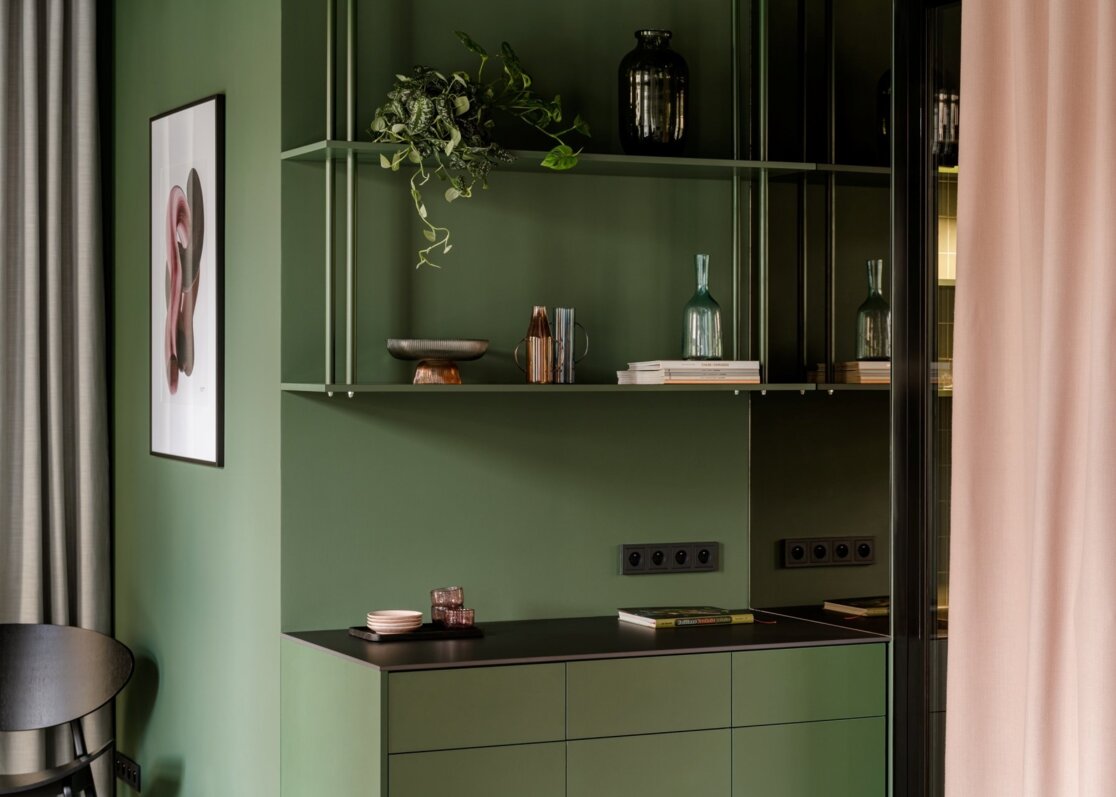
A vegan-friendly place. What does it actually mean? Sometimes we don't even know that a material or ingredient is of animal origin.
In a vegan place, what matters is to check everything and select products generated in the most ethical ways. And this is how Plantonia was created.
Our new concept comes from the people responsible for TripAdvisor’s top choice among Kraków’s hotels.
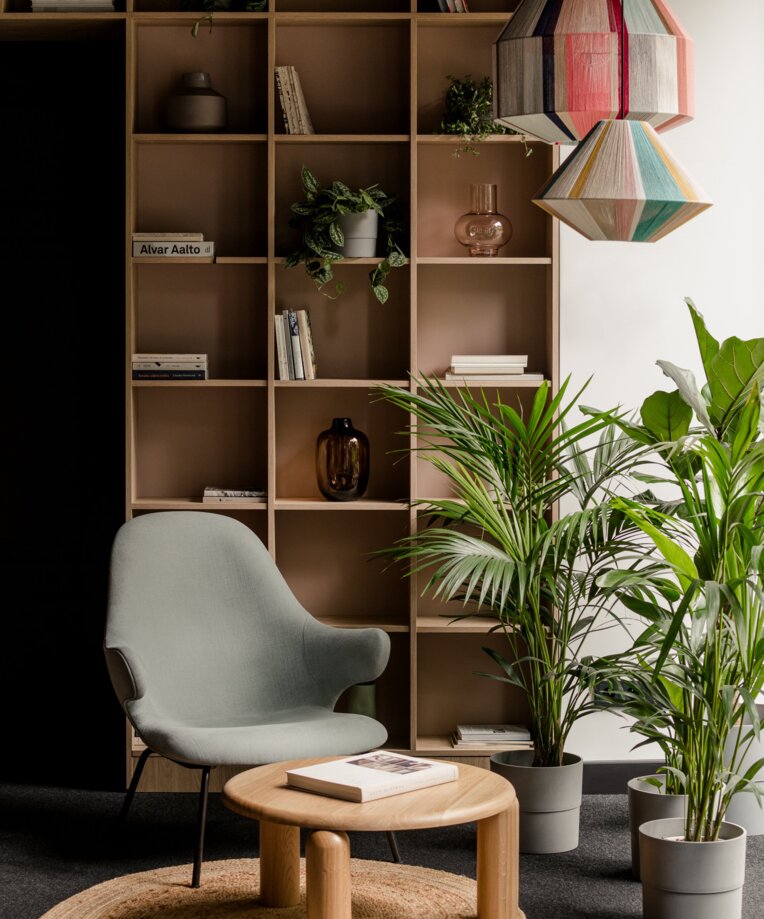
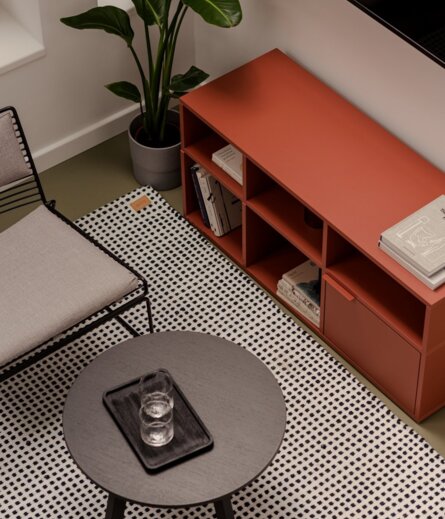
We are fond of recycled items and we collaborate with local suppliers. We took many aspects into account when making individual architectural decisions, trying to choose the best solution each time.
The pantry is filled with snacks and products that you can combine to prepare a plant-based or organic meal in your apartment.
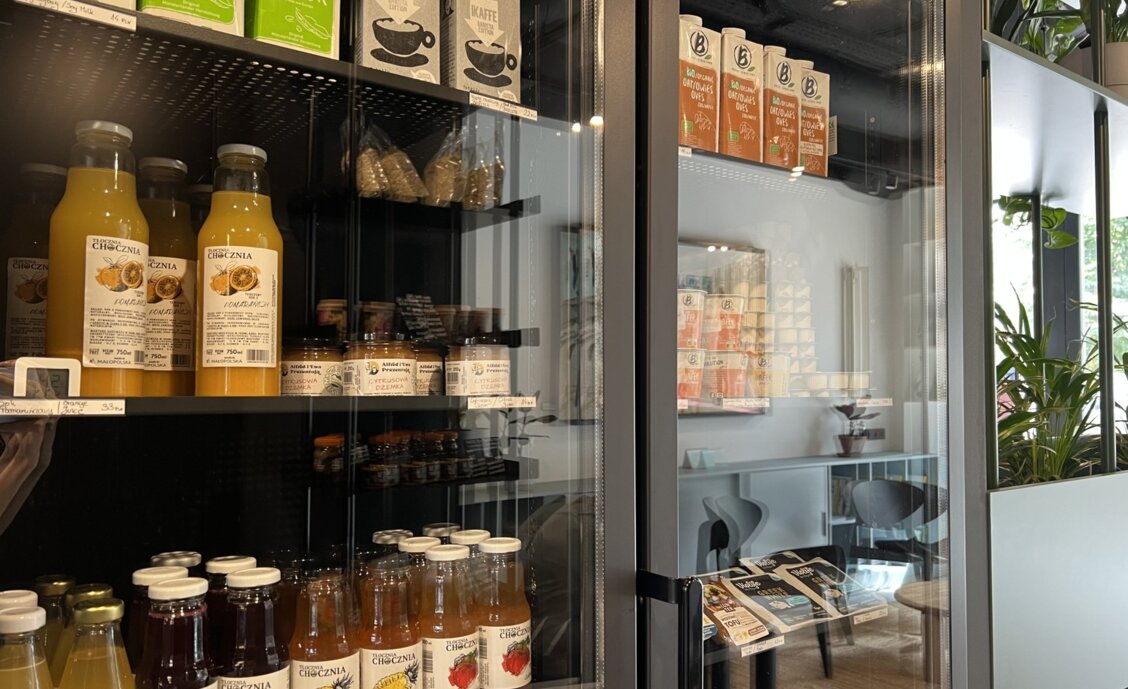
While staying with us
you can enjoy your
customs and rituals
Each room has an exercise mat, a set of tapes for functional training, and a few dozen metres from us the Vistula boulevards, the best place for jogging in Kraków. All around Salwator - a beautiful, green district.
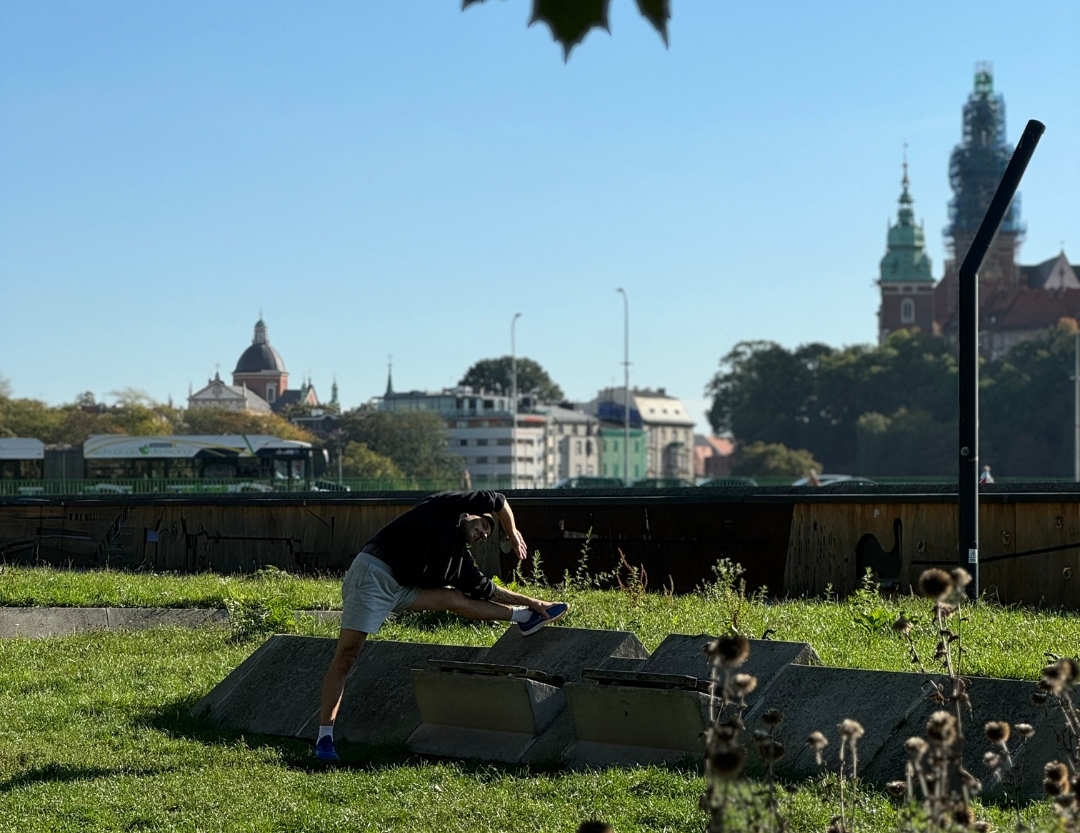

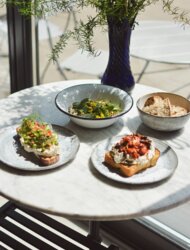
Plantonia also offers a fitness and weight-training room, a multifunctional room for yoga, workshops and meetings, a laundry room, bicycle rental and a salt cave. In our salt cave you can read a book, listen to music or just be.






